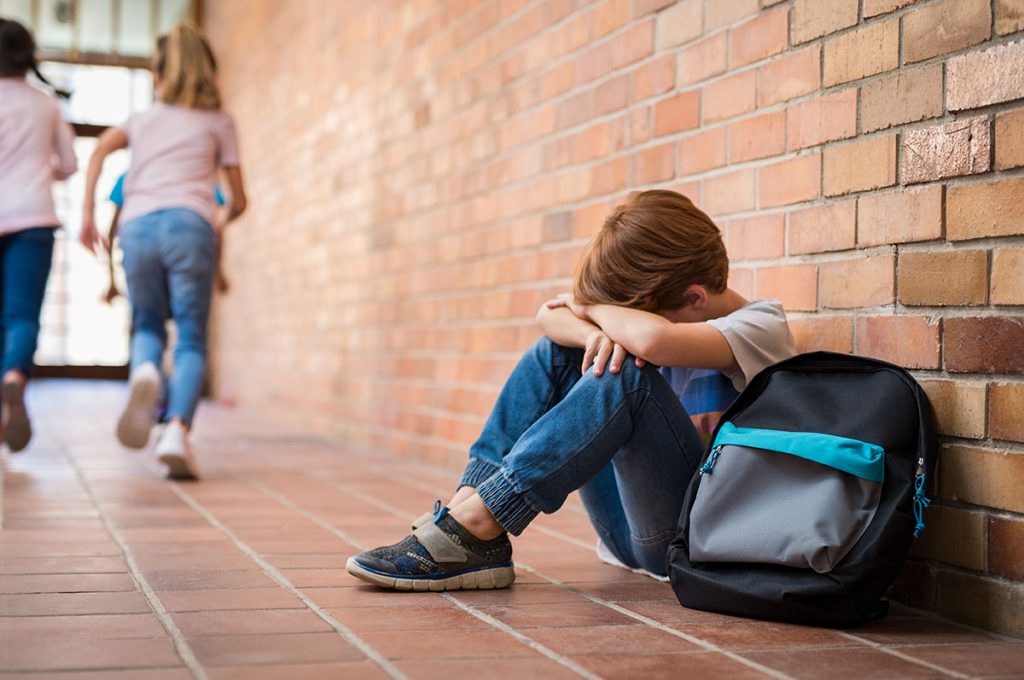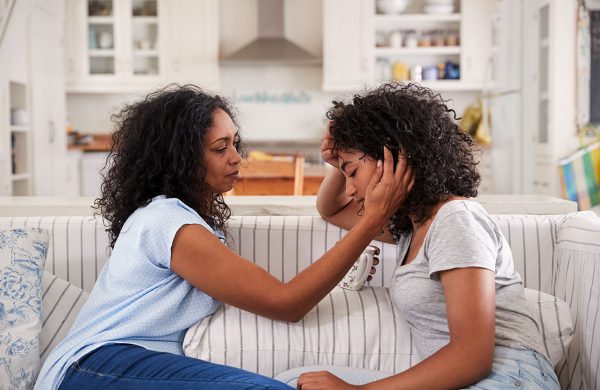
More Resources
- Cyberbullying on the College Campus
- StopBullying.gov
- Understanding Bullying and Cyberbullying
- Bullying Awareness & Prevention
- Bullying by the Numbers
- Bullying & Cyberbullying Awareness
- Bullying Prevention: Resource Guide
- Montana211.org
- Guide to Cyberbullying Laws
- Bullying Resources for Educators and Parents
- The Link Between Childhood Trauma And Addiction In Adulthood
- Warning Signs of Bullying
- Information on Cyberbullying
- Teachers Guide to Prevent Bullying in Schools
- Guide to Keeping Kids Safe Online
- All You Need to Know About Cyberbullying
Bullying is unwanted, aggressive behavior among school aged children that involves a real or perceived power imbalance. The behavior is repeated, or has the potential to be repeated, over time. Both kids who are bullied and who bully others may have serious, lasting problems.
In order to be considered bullying, the behavior must be aggressive and include:
- An Imbalance of Power: Kids who bully use their power—such as physical strength, access to embarrassing information, or popularity—to control or harm others. Power imbalances can change over time and in different situations, even if they involve the same people.
- Repetition: Bullying behaviors happen more than once or have the potential to happen more than once.
Bullying includes: actions such as making threats, spreading rumors, attacking someone physically or verbally, and excluding someone from a group on purpose.
Visit www.stopbullying.gov to get information on types of bullying, how to stop bullying at home, at school, and in the community.
When is it Conflict and When is it Bullying?
Conflict is a normal part of relationships. It happens when two people have different wants or needs in the same situation. The people in that situation have an equal amount of power in the situation. Further, their intention for being involved in the conflict is not to harm the other person who they are in conflict with.
By contrast, Bullying occurs when one person in the relationship has more power, or perceived power, than the other person. That imbalance of power is then used to intimidate, manipulate, seclude, or intentionally hurt the other person either physically or emotionally.
ADULTS play an important role to intervene in bullying. Check out the continuum of violence to learn what can happen when adults don’t intervene in the early stages of bullying.

